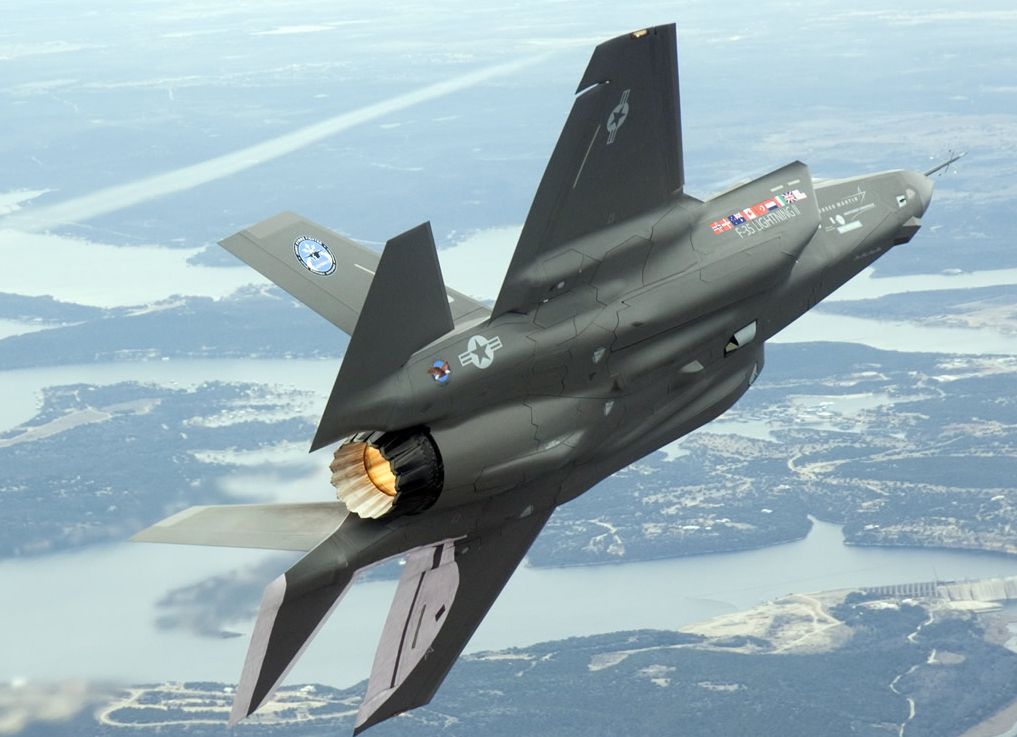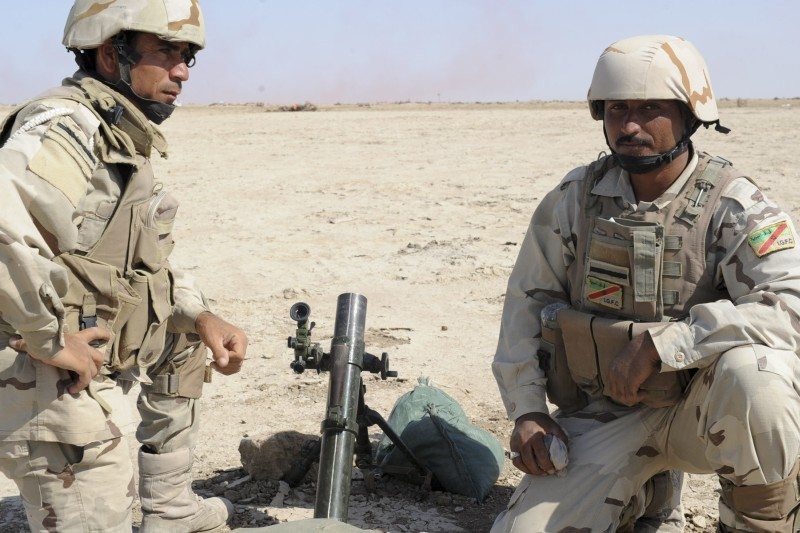The Government has decided to submit to Parliament proposals for the procurement of four F-35 training aircraft. The cost outlook for Norway’s total procurement of F-35 fighter jets is little changed.
The acquisition of the four trainers is in line with the government’s earlier decision and with the information given to Parliament in this year’s budget bill.
The aircraft will be delivered in 2016 and will be used for education and training of Norwegian fighter pilots fighting in the U.S. The main delivery of actual combat aircraft is scheduled from 2018.
“Acquisition of the four planes is an important step to maintain a satisfactory operational combat aircraft capacity in the transition phase between the F-16 and F-35,” says Defense Minister Grete Faremo.
The cost outlook for Norway’s total procurement of F-35 fighter jets is little changed, despite restructuring costs and delays in the U.S. F-35 development program. As part of the cost analysis for the procurement of the four F-35 training aircraft, the government also carried out an update of the cost picture for the entire acquisition program.
Compared with the cost picture from 2008, when Parliament was informed of the combat aircraft proposition (Proposition. No. 36 (2008-2009)), the Defense Ministry’s updated cost analysis that the total acquisition cost is increased by one billion.
This is an increase of 2.5 percent, primarily due to the fact that U.S. authorities have moved a portion of their aircraft deliveries later in the production than originally planned (see separate article).
Fact Box: Training Aircraft: Why?
- The aircraft will be used for education and training of Norwegian combat pilots in the U.S.
- Their deliveries are due to begin in 2016.
- The delivery of combat aircraft is scheduled from 2018.
- Acquisition of the four training aircraft will facilitate maintaining a satisfactory operational combat aircraft capacity in the transition phase between the F-16 and F-35.
Cost
Approximate cost for the four training aircraft, including logistical support, operations in the early years, and error margin, is estimated at 4.8 billion.











